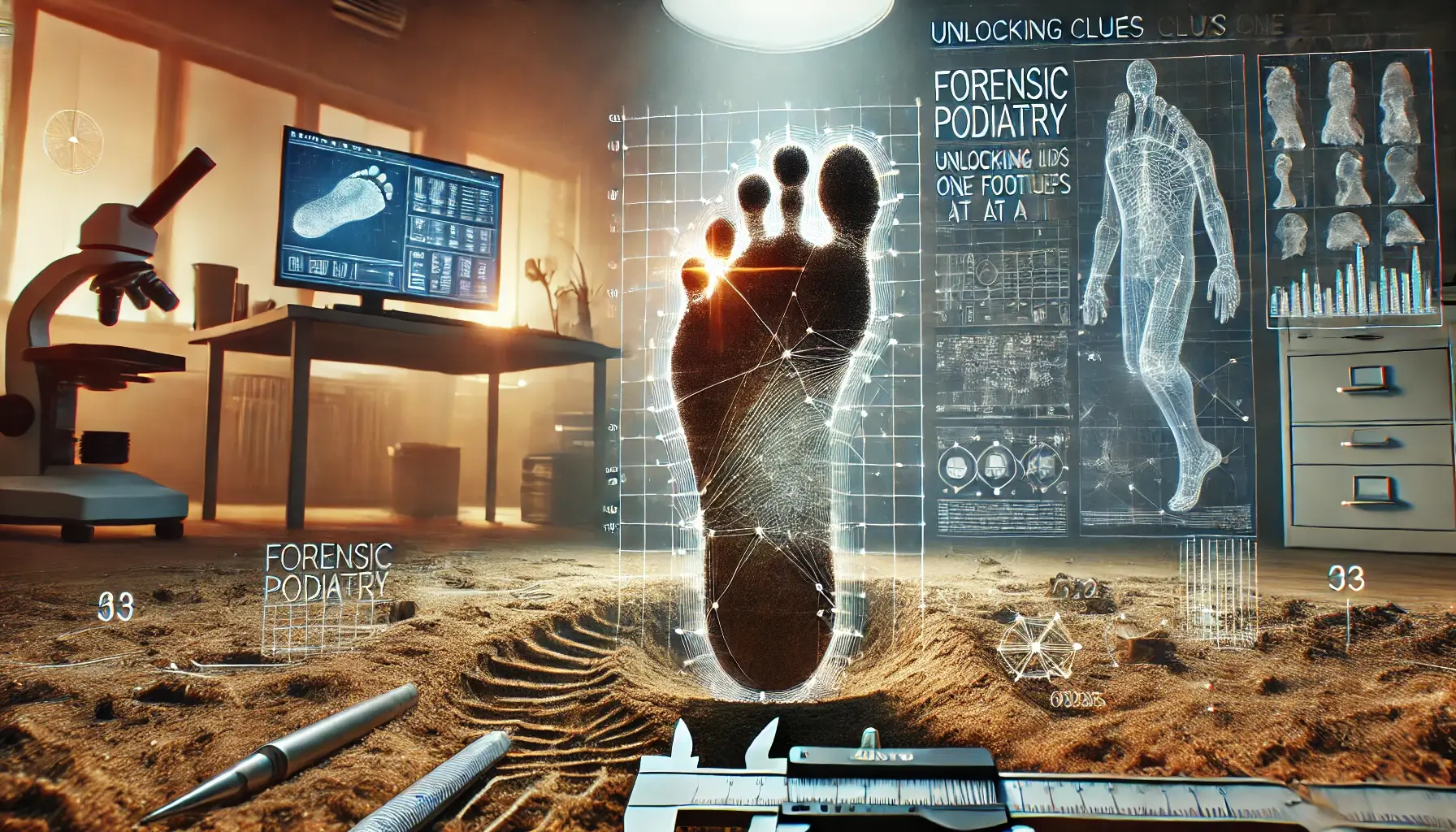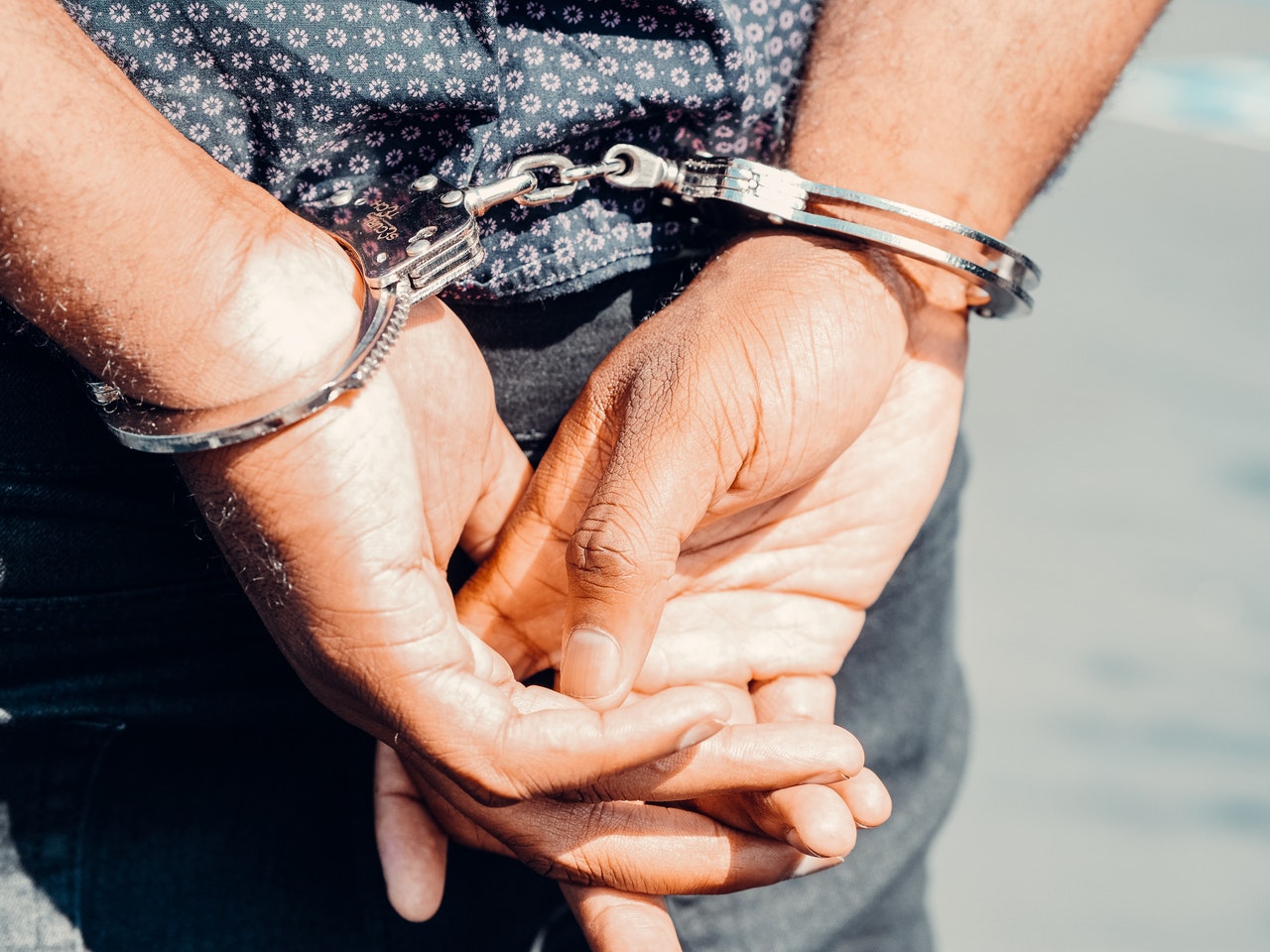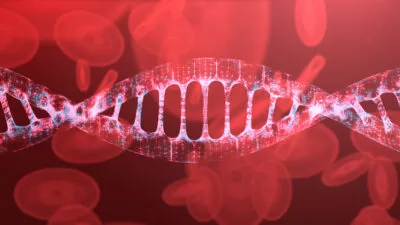Alleged is a term used in legal contexts to describe an accusation or claim that has been made against an individual but has not yet been proven or confirmed. An alleged perpetrator is someone who has been accused of committing a crime but has not yet been found guilty in a court of law.
In the context of forensic science, the term alleged is commonly used to describe individuals who are accused of committing a crime that involves forensic evidence, such as DNADNA, or Deoxyribonucleic Acid, is the genetic material found in cells, composed of a double helix structure. It serves as the genetic blueprint for all living organisms. More or fingerprintsFingerprint, impression made by the papillary ridges on the ends of the fingers and thumbs. Fingerprints afford an infallible means of personal identification, because the ridge arrangement on every finger of every human being is unique and does not alter with growth or age. Fingerprints serve to reveal an individual’s true identity despite personal denial, assumed names, or changes in personal appearance resulting from age, disease, plastic surgery, or accident. The practice of utilizing fingerprints as a means of identification, referred to as dactyloscopy, is an indispensable aid to modern law enforcement. More. The use of forensic evidence can provide important information about the alleged perpetrator, such as their identity or their involvement in the crime. However, it is important to remember that forensic evidence is not infallible, and may be subject to interpretation or error.
In cases where forensic evidence is central to the prosecution’s case, it is important to carefully evaluate the evidence and take into account any potential sources of error or bias. This may involve conducting additional testing or analysis, or seeking input from independent experts to ensure that the evidence is reliable and accurate.
Overall, the use of the term alleged underscores the importance of ensuring that all individuals are presumed innocent until proven guilty, and that forensic evidence is used judiciously and appropriately in legal proceedings. By carefully evaluating and interpreting forensic evidence, forensic professionals can help to ensure that justice is served and the rights of all individuals involved are protected.







